
Getting a college degree is an increasingly expensive endeavor and many students struggle to make ends meet while they are in school. Although the rising cost of college tuition and fees receives a great deal of public attention, students face other costs, too – including often hefty payments for living expenses, textbooks, and transportation to and from classes. These inescapable extra costs constitute half to three-quarters of total college expenses, and when students cannot afford to cover them, they often struggle to focus on school work and spend less time in the classroom. In dire cases, students may find themselves without a secure place to live or enough food to eat.
Financial aid for college students is meant to help cover the extra expenses, but aid packages often fall short because of chronic underfunding and complex bureaucratic administrative hurdles. Researchers and practitioners have found that when students run into short-term financial problems, college financial aid offices often have difficulty responding quickly.
In addition to traditional financial aid programs, there is also a need for emergency assistance. Promptly responsive emergency aid programs can help keep students enrolled, perhaps allowing more of them to complete studies and receive degrees. In a recent research project we used surveys and interviews to examine such programs, aiming to better understand how they operate and when they succeed. Our work lays the groundwork for much-needed additional evaluations. more...

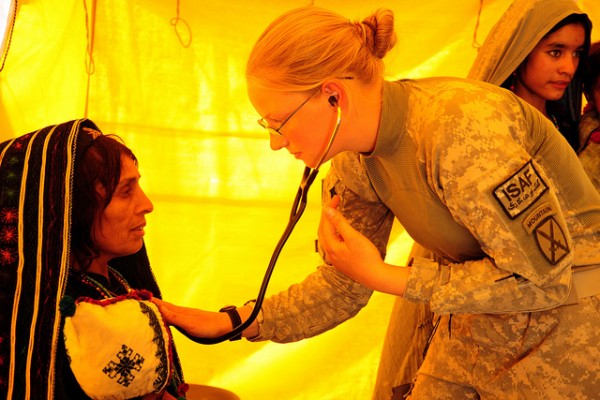

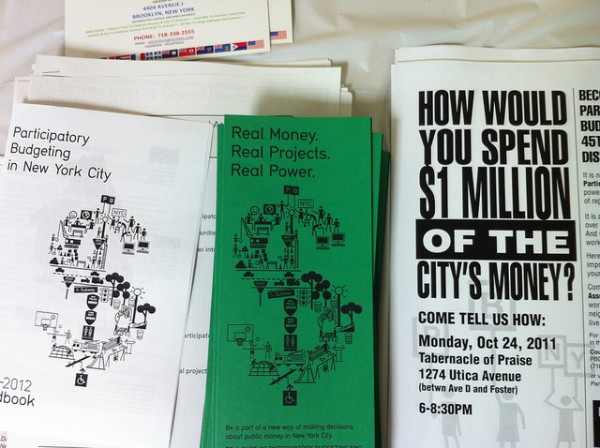
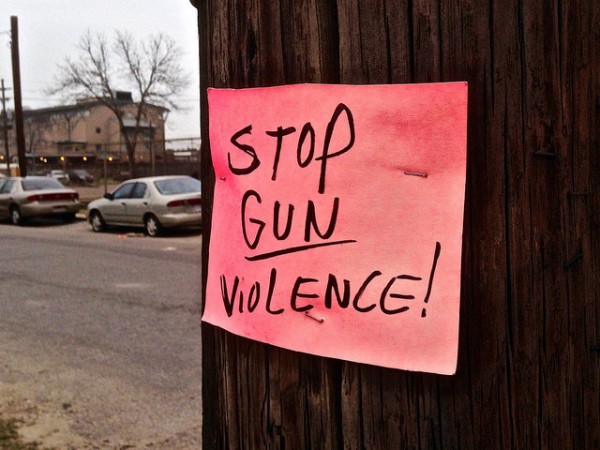
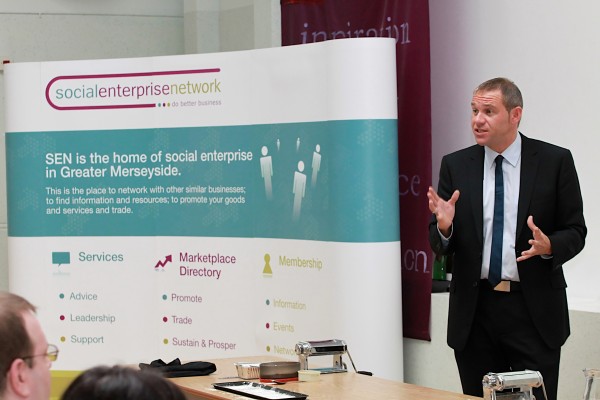
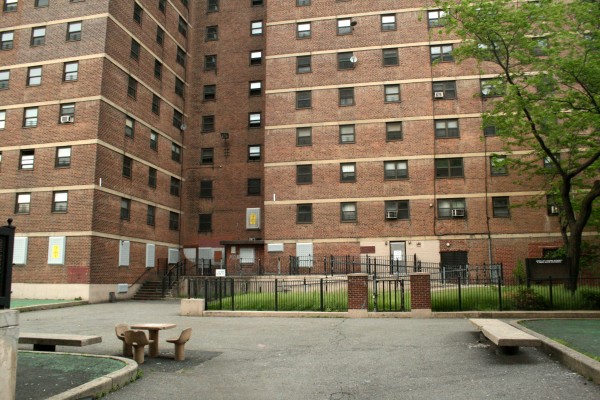
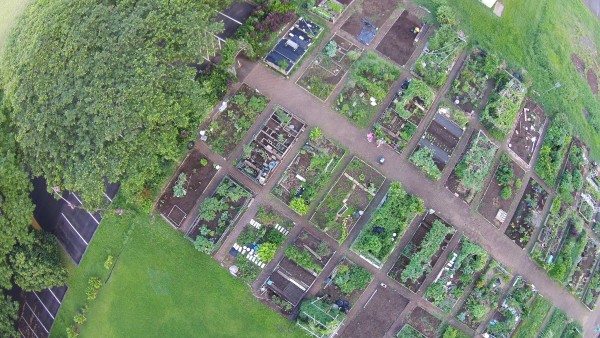

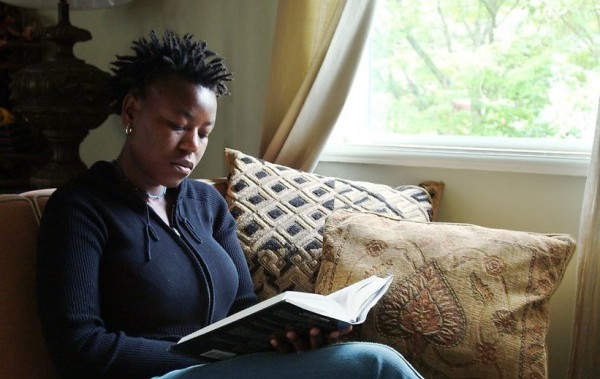
 Research to Improve Policy: The Scholars Strategy Network seeks to improve public policy and strengthen democracy by organizing scholars working in America's colleges and universities. SSN's founding director is Theda Skocpol, Victor S. Thomas Professor of Government and Sociology at Harvard University.
Research to Improve Policy: The Scholars Strategy Network seeks to improve public policy and strengthen democracy by organizing scholars working in America's colleges and universities. SSN's founding director is Theda Skocpol, Victor S. Thomas Professor of Government and Sociology at Harvard University.